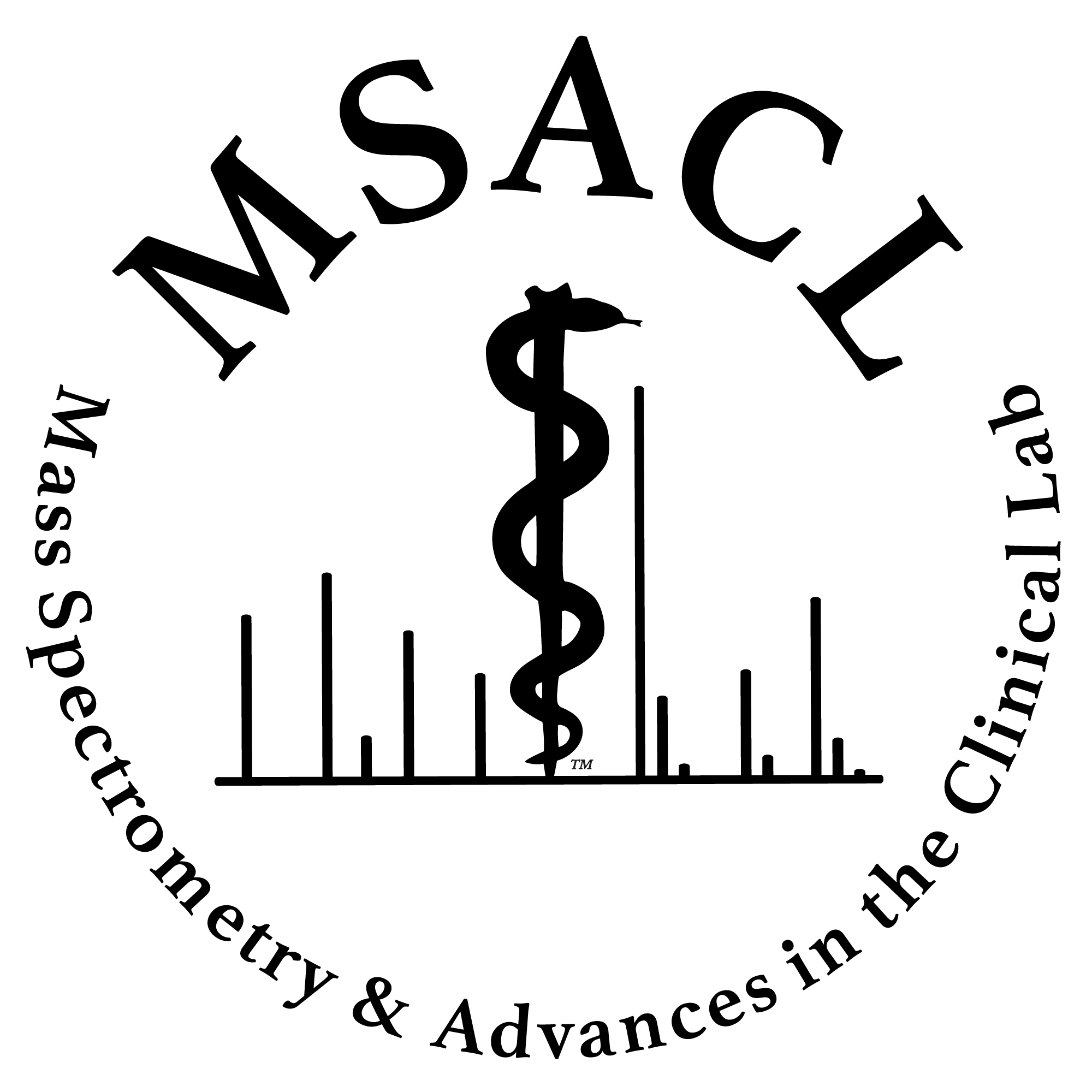|
Abstract INTRODUCTION: Nitazene analogs are 2-benzylbenzimidazole derivatives classified as designer opioids, a group of novel psychoactive substances (NPS). This compound class was originally investigated for its analgesic properties; however, none are currently approved for use in the United States. Several derivatives have been identified in toxicological casework. They are generally characterized as more potent than morphine at the mu-opioid receptor. In recent years, the number of nitazene analogs in the illicit drug supply has increased substantially; their prevalence is a concerning part of the continued global health concern surrounding NPS abuse. Clinicians, especially those in chronic pain and behavioral health settings, should be aware of the prevalence of these compounds in their patient populations.
METHODS: This study was IRB approved. The scope of testing for all samples received in the laboratory depends upon physician request; test offerings include routinely monitored healthcare and behavioral health compliance medications and illicit drugs, including NPS. Nitazene analogs were analyzed in the laboratory as part of a larger NPS panel, which includes designer benzodiazepines, designer opioids, synthetic cannabinoids, synthetic stimulants, and other NPS analytes. The following nitazenes were included in the study: isotonitazene, N-desethyl isotonitazene, etonitazene, N-desethyl etonitazene, metonitazene, metodesnitazene, protonitazene, butonitazene, flunitazene, desnitroisotonitazene, N-piperidinyl etonitazene, N-pyrrolidino etonitazene, and 4-hydroxy nitazene.
Urine samples were hydrolyzed and prepared for analysis by liquid chromatography/tandem mass spectrometry (LC-MS/MS). The mass spectrometer was operated in positive electrospray ionization mode for scheduled multireaction monitoring (sMRM) analysis. Chromatographic separation was achieved using a Restek Biphenyl column. Results were reported qualitatively with detection limits ranging from 1-5 ng/mL depending on the analyte.
Results for target compounds were evaluated from samples received in the laboratory from January 2022 – December 2022. During this time, providers requested 408,823 tests for designer opioids. Positive results were summarized for routine demographic information as well as additional relevant positive results. Co-positive analytes were determined by separate validated methods in the laboratory.
RESULTS: Over the period evaluated, 1,147 samples submitted by 342 patients were determined to be positive for at least one nitazene analog. Positive results were reported from clinics across 20 different states from patients ranging in age from 20-73. 4-hydroxy nitazene, a common metabolite to several different nitazene analogs, was detected in 93% of all positive samples. Metonitazene and N-desethyl isotonitazene were the next most frequently detected, in 54% and 18% of positive samples respectively. Protonitazene, flunitazene, isotonitazene, butonitazene, and N-piperidinyl etonitazene were also detected, but at a much lower frequency.
Relevant co-positive analytes observed in nitazene analog samples include routinely prescribed pharmaceuticals, illicit drugs, THC, alcohol, and other NPS compounds (including fentanyl analogs, designer benzodiazepines, synthetic cannabinoids, synthetic stimulants, and xylazine); co-positivity with fentanyl was notably high (>95%) in this patient population. Nitazene analogs were also frequently detected alongside other NPS compound classes.
CONCLUSIONS: Nitazene analogs are analytes of concern for clinicians in chronic pain and behavioral health settings. In this study, they were detected in patients from a variety of age groups across 20 states. 4-hydroxy nitazene was most often identified; this analyte may be a useful urinary marker for detecting intake of this compound class. Of note, target analytes were regularly observed in the presence of other illicit and prescription drugs, particularly fentanyl. This is especially concerning as the combination of these potent opioids with other substances may increase the risk of adverse events to individuals. The availability of comprehensive analytical testing for NPS compounds, including nitazene analogs, provides a valuable tool for clinicians to utilize to support patient treatment plans.
|

